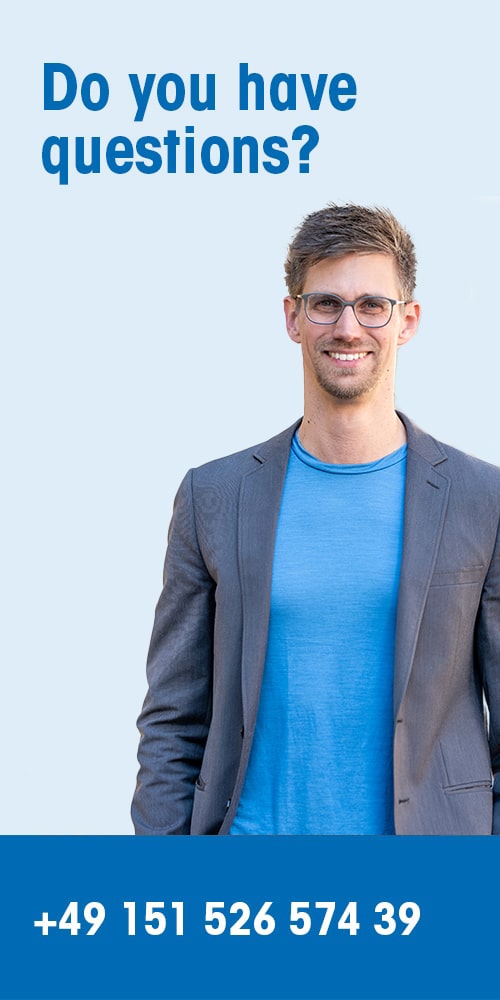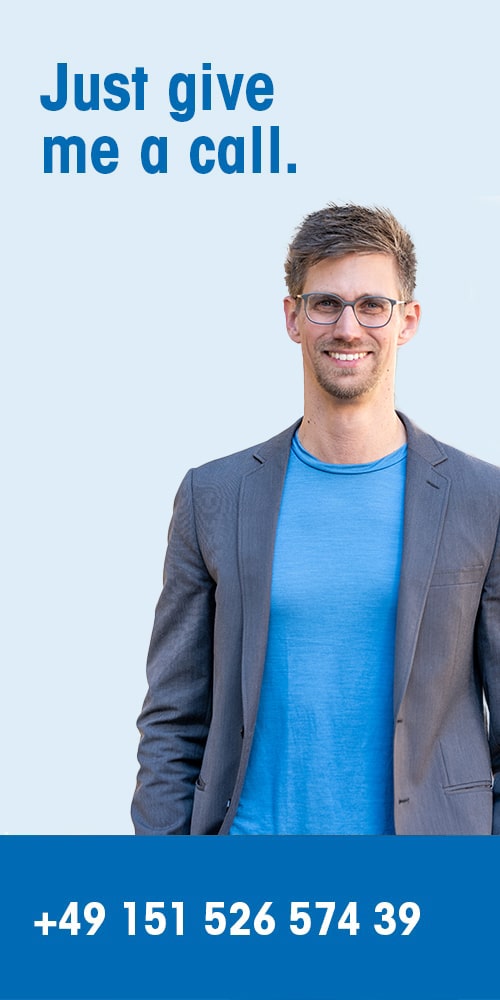





Design Sprints
Design sprint: design thinking plus time boxing
Design sprints combine design thinking methods with a multidisciplinary team and time boxing – from an idea to a tested prototype within only one week
A design sprint workshop is comparable to a sprint from agile development (such as an iteration from SCRUM). It uses a selection of design thinking methods and the knowledge of a multidisciplinary team to complete a complete user centred design life cycle in just one week. This approach is not only extremely economical, but also enormously helpful to effectively communicate your idea and vision within the team and company.
In a design sprint workshop a methodically trained design sprint coach accompanies the design sprint team over a period of five days. In contrast to a design thinking workshop, the activities of the five days match the five phases of design thinking. This offers additional advantages: the topic has priority over other tasks, the participants stay engaged in the topic and ideas can be tested and experienced directly. The design sprint coach facilitates the design sprint, empathizes different perspectives, and helps to come to valuable group decisions.
A design sprint workshop is especially useful if you want to work on and test essential findings, which have a significant impact on the success of a product. Furthermore, the tight time frame creates a stronger cohesion within the design sprint team. However, the success of a design sprint also depends on the facilitation skills of the design sprint coach. An experienced design sprint coach helps the design sprint team to develop its full potential and to focus on the common goal of the group despite different perspectives and backgrounds.
A typical (but very unproductive) day of work:
Meeting
Meeting
E-Mails
prüfen
Work
Meeting
Meeting
E-Mails
prüfen
Work
Internet
surfen
Meeting
These working days may be long, but that does not mean that they are necessarily productive. Studies by the University of California have shown that any kind of work interruption delays work by an average of twenty-three minutes. A design sprint offers a completely different approach.
During a design sprint, the team works focused on a shared goal for a period of five days straight. Each day addresses an important step in the overall process.
MONDAY
TUESDAY
WEDNESDAY
THURSDAY
FRIDAY
At the end of the sprint, there is clarity about which (product) ideas work and which ideas are unlikely to be successful.
Regardless of the domain, whether it is websites, smartphone apps, medical reports, high-tech hardware, decision making, prioritization, marketing strategies or AI, Design Sprints can be implemented in any work environment if moderated accordingly.
Well-known users & proponents of Design Sprints are for example:
During a design sprint, the work of many months is achieved in just five days using design thinking methods
Target group
Any kind of team-based work that involves
Goal
Content
Methods
The participants learn the process of the design sprint through the developing of a concrete, self-determined question. This improves the expertise of the employees in carrying out design sprints independently. At the same time, you accelerate the project progress enormously. The methodology combines findings from business strategies, innovation potential, behavioural research for teamwork and design aids in an overall process that ensures greater productivity in a shorter time.
You want to try out a design sprint, but don’t have five days in a row?
The activities of a design sprint build upon each other. It is therefore possible to address the user study at a later point in time. At UX Academy, we are happy to accommodate for shortened design sprints of three or four days – however, we highly recommend the full five-day workshop to ensure maximum results.
How can we help you?
You want to empower your employees through UX training, build internal expertise or need support with user-centric projects? Feel free to contact us for a non-binding consultation.




Do you have any questions?
Get in touch with me!
Good user experience depends on your particular context. I would be happy to discuss with you how I can offer you the greatest possible added value for your current situation. I look forward to a personal conversation!